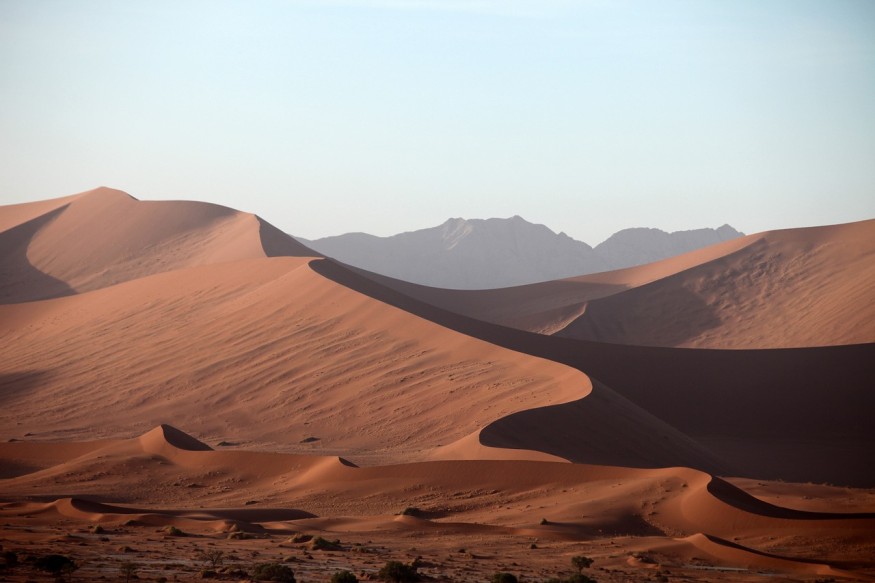Methane is one of the most well-known climate-damaging greenhouse gases persisting in the modern world today. It is known for contributing to the warming of the planet because of human activities, in addition to other atmospheric gases like carbon dioxide. For decades, scientists have attempted to mitigate the growth and spread of methane by reducing greenhouse gas emissions and fossil fuel burning. Yet, natural processes can also be considered in the fight against climate change.
A new study revealed this month found that natural processes and the environment also acts as a regulator of the notorious gas. In this new research, scientists have determined that the Sahara dust cloud can help mitigate atmospheric methane in a process called 'photocatalysis.' This only works when sand particles mix with dust over the ocean in a phenomenon triggered by sunlight.
The new findings suggest that the Sahara dust is one of the world's several methane sinks, which can absorb varying amounts of methane. Just like trees, other natural structures can store greenhouse gases, including those under permafrost. The study comes considering the ongoing climate crisis, wherein the United Nations-led 2015 Paris Agreement aims to reduce the global average temperature by decreasing the presence of greenhouse gases, including methane.
Sahara Dust Cloud

In the study published in the journal PNAS on Monday, July 24, chlorine atom is produced from the said photocatalytic-triggered mineral dust-sea spray aerosol (MDSA), mainly over the North Atlantic Ocean. The discovery was made possible through a combination of field data and global modeling.
The researchers involved in the study revealed the mechanism behind the mixture of the Sahara dust cloud and sea spray aerosol, wherein the process is activated by sunlight and result in the production of large, active chlorine. The said mechanism also resolves an unspecified number of "unexplained observations."
The formed chlorine from photocatalysis impacts two greenhouse gases such as methane and tropospheric ozone. Although the process revolves around natural processes, the study can help succeeding research to at least control or influence the phenomenon to mitigate methane, and even other greenhouse gases.
Methane Emissions
Anthropogenic or human-induced methane emissions are the cause of the increase of atmospheric methane concentrations, now almost 2.6 times higher compared with pre-industrial times. Amid an accelerated rate, its large yearly increase was recorded in the period between 2020 and 2021, according to Phys.org on Monday.
Methane, being a potent greenhouse gas, has global potential warming 83 times larger than carbon dioxide for more than 20 years and 30 times higher than 100 years, according to the AAAS. The said gas is also the main targets of the Paris Climate Agreement before carbon dioxide.
In the case of the MDSA, the natural phenomenon has proven to be a significant contributor to the mitigation of global atmospheric methane concentrations. However, recent evidence shows that humans have a long way to go to decrease this amount.
© 2025 NatureWorldNews.com All rights reserved. Do not reproduce without permission.




